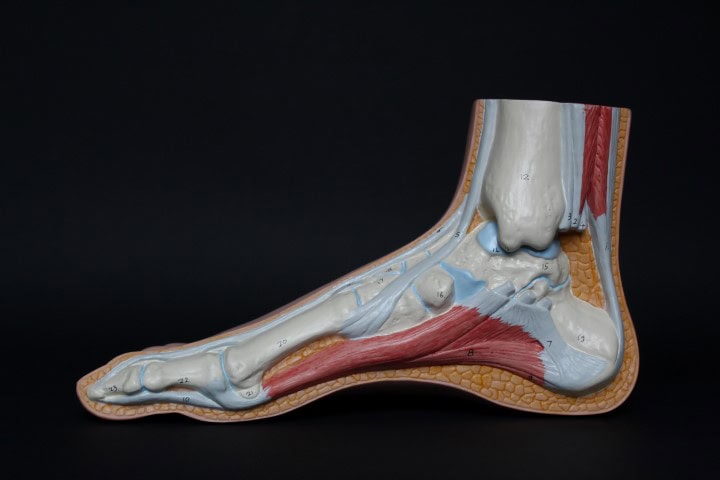NON-SURGICAL TREATMENT FOR HEEL PAIN
Foot pain is one of the most common complaints heard in the doctor’s office, whether it’s an ache in the heel or pain in the toe area.
Patients who are afflicted with this malady are often limited in their daily activities and could try and rely on anti-inflammatory drugs or a night splint to treat their condition. The pain can persist for weeks, months, or even years unless treated and resolved.
The following could be a reason for the diagnosis of the heel pain: plantar fasciitis, bunion, heel spurs, arthritis, or an unknown origin. In many cases, the root cause of the pain is nerve entrapment or nerve impingement.

THIS OCCURS WHEN INFLAMED MUSCLES, SWOLLEN TENDONS, OR LIGAMENTS SHRINK THE OPENING THROUGH WHICH NERVES PASS. THE RESULTING PRESSURE CAUSES HEEL PAIN.
WHAT CAUSES HEEL PAIN
A sense of burning or tingling or a numb feeling in the toes or heels may indicate nerve impingement. The pain may radiate along the foot or the leg.
Some patients feel pain when they first put weight on the foot in the morning; others feel it after they’ve been standing on their feet all day.
While the pain could be the result of a specific injury, it’s often chronic and caused by lifestyle factors. The feet take a good deal of pounding and stress; by the time a person reaches middle adulthood, there is often subclinical damage to nerves, ligaments, tendons, and muscles.
RADIO WAVES FOR TREATMENT
One treatment that’s being used with success is called Radio Frequency (RF) therapy. If the pain has not been relieved by physical therapy or special-fitting shoes, the doctor may suggest RF therapy.
This treatment uses electrical current produced by radio waves to disrupt nerve function.
The heat from the electric current dulls the pain signals coming from the nerve.
RF therapy is safe and effective and has a good history of treating foot pain. No permanent damage is done to the nerve.
RF therapy takes place in the doctor’s office or clinic. No hospitalization is required; local anesthesia might be given at the injection site. Your doctor may first decide to stimulate certain nerves in the foot, to determine exactly which nerves are causing the problem.
The doctor then inserts a needle (or multiple needles) to administer the radio waves. The RF current heats the nerve to 80-90 degrees Celsius for roughly a minute and a half.
Patients often report a slight soreness afterward at the site of injection. The foot or heel bone may feel numb or weak; there may be some itching where the treatment was applied. These symptoms are temporary and should dissipate within a few weeks.
TREAT THE PAIN TO KEEP MOVING
Foot pain can be a lifestyle-altering nuisance for people who work on their feet or those whose leisure activities involve sports or running. Some patients suffer for years from the ailment, trying every possible technique to relieve the pain in the arch of the foot.
RF THERAPY HAS THE ADVANTAGE OF BEING CONSERVATIVE TREATMENT WHICH DOES NOT REQUIRE SURGERY, EXTENSIVE RECOVERY TIME, OR A STAY IN THE HOSPITAL.
If one treatment doesn’t clear up the problem, it can be repeated.
Call us now at 972-274-5708 to schedule an appointment for non-surgical heel pain treatment.